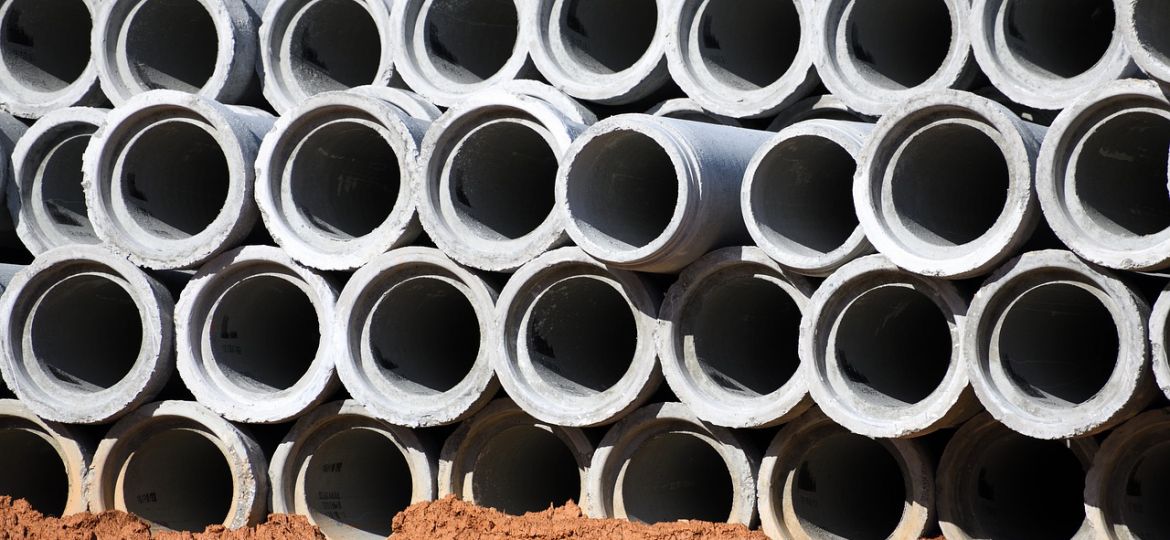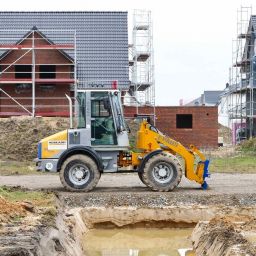
Permanent Drainage Systems During Construction
Introduction
Construction projects can have significant impacts on the surrounding environment, particularly when it comes to stormwater management. Temporary drainage solutions are commonly used to handle runoff during construction; however, there’s an alternative approach that offers several benefits: using permanent drainage systems as part of construction drainage. In this blog post, we’ll explore the advantages and considerations of integrating a permanent drainage system into your construction process.
Benefits of Using Permanent Drainage Systems During Construction
1. Cost Savings
By installing a permanent drainage system early in the construction process, you can reduce the need for temporary measures, saving on installation and removal costs. Additionally, managing a single permanent system can lower maintenance expenses compared to handling multiple temporary ones.
2. Environmental Protection
A well-designed permanent drainage system effectively manages construction runoff and sediment, minimizing the impact on the environment. This includes preventing soil erosion, protecting water quality, and reducing sedimentation in nearby water bodies.
3. Streamlined Construction Process
Incorporating a permanent drainage system into your construction plan simplifies the overall process. With fewer temporary measures to install, maintain, and remove, you can focus on other essential aspects of the project.
4. Improved Site Conditions
A functioning permanent drainage system controls water runoff and prevents ponding or flooding on the construction site, resulting in better working conditions.
5. Enhanced System Performance
When designed for both construction and post-construction flows, a permanent drainage system can provide effective stormwater management throughout the project’s life, improving long-term performance.
6. Reduced Risk of Delays
Installing a permanent drainage system early on helps manage stormwater runoff and minimize weather-related delays, keeping your project on schedule.
7. Better Regulatory Compliance
A well-designed and maintained permanent drainage system ensures compliance with environmental regulations and permit requirements by managing stormwater runoff and sediment effectively.
8. Improved Community Relations
Demonstrating responsible environmental practices through the use of a permanent drainage system can enhance relations with local communities and stakeholders.
Key Considerations for Implementing Permanent Drainage Systems
While using a permanent drainage system during construction offers numerous benefits, it requires careful planning, design, and coordination with other construction activities. Some factors to consider include:
- Designing the system to handle both construction and post-construction flows
- Installing the system early in the construction process and protecting it from construction-related damage
- Regularly maintaining the system during construction to prevent blockages
- Implementing erosion and sediment control measures to minimize the sediment load on the system
- Conducting regular inspections to assess performance and identify potential issues
- Coordinating the installation with other construction activities to prevent conflicts or delays
- Ensuring compliance with local, state, and federal regulations
Conclusion
Incorporating a permanent drainage system into your construction process can provide numerous benefits, from cost savings to environmental protection. However, careful planning, design, and coordination with other construction activities are crucial to ensuring the system’s effectiveness and compliance with relevant regulations. Always consult with qualified engineers and stormwater management professionals when planning and designing your drainage system.


